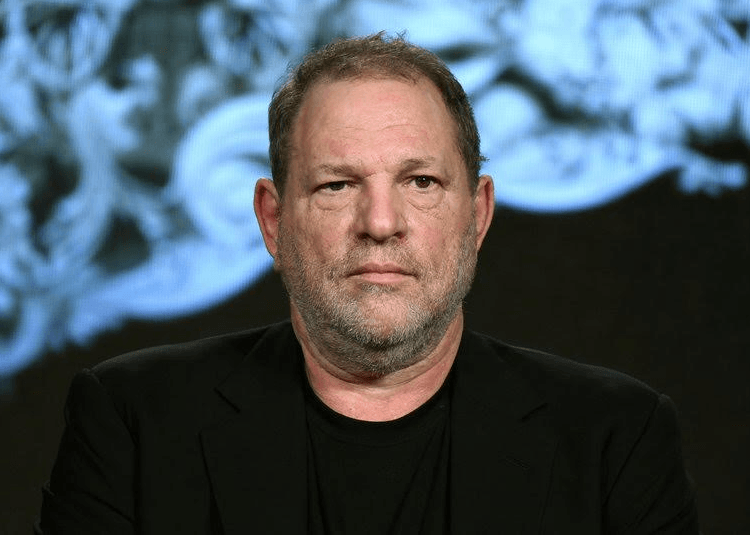The Weinstein Effect: What we can learn from sexual assault survivors
2 min read
A New York Times article published in October listed sexual harassment allegations against Harvey Weinstein. (Robert Shotwell | Associated Press)
By SHYAN MURPHY
Staff Writer
On Oct. 5, decades of sexual harassment allegations against Harvey Weinstein were publicized in a New York Times article. Although Weinstein’s long-running career came to an end with the list of accusations made, more allegations against Weinstein and many other men of powerful positions began to surface.
The New York Times has released another article that contains a timeline of the perpetrators, their allegations, repercussions and responses to the issue at hand. This list includes a total of 22 men that have been accused of sexual misconduct following the Weinstein scandal.
According to a released EEOC study, “approximately 70 percent of individuals who experienced harassment never even talked with a supervisor, manager, or union representative about the harassing conduct.”
This is a large percentage of voices left unheard due to the backlash experienced when presenting the problem to higher authorities. The small number of victims that have chosen to speak up about their misfortune at the hand of the powerful men exhibit bravery and resilience in the face of fear. When one person talks about their negative experience, other individuals are more likely to speak up and allow their voice to also be heard.
In light of the terrible events leading to the “Weinstein Effect,” there is a silver lining. Those who have spoken up about their accounts with Weinstein have allowed for a larger range of comfortability among many of the individuals affected by these various incidents of sexual misconduct.
Many would assume that women are the only targets of these perpetrators, and although the rate is significantly lower for men than women, men also face this type of situation in the workplace. According to an EEOC study, the amount of men that are harassed has risen from 15 percent to 19 percent from 1981 to 1994. The public is too quick to marginalize the male population when it comes to such claims being made without further evidence to support their beliefs.
Kevin Spacey is one of the men in question, and the accusations claim that he is responsible for “sexual assault of multiple men and sexual misconduct with a minor.” These accusations in particular open the door for many victims, so they feel less marginalized about being part of the male population affected by the sexual misconduct of men in power.
Sexual harassment and assault are commonly overlooked for those who hold higher positions of power. Discussing these instances has allowed this issue to be further recognized and handled. Each of the men that have been accused of these infractions have either been fired or have chosen to resign from their positions.


